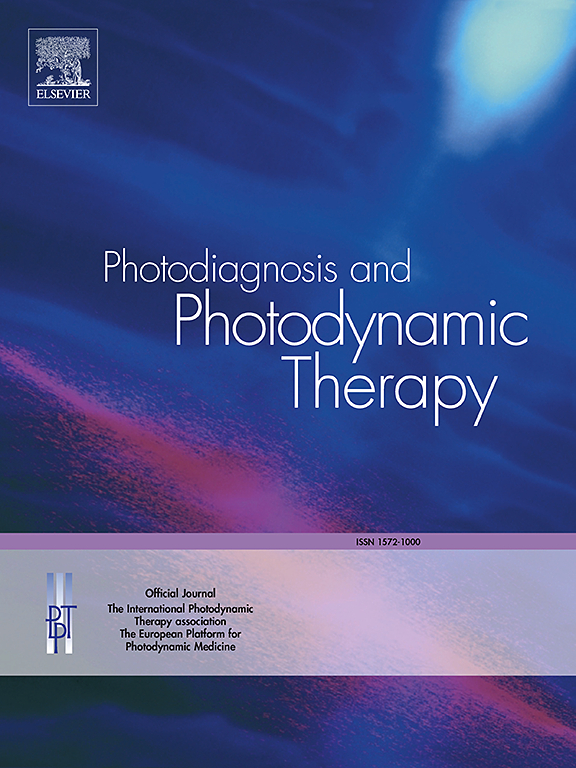Early changes in choroidal thickness and ocular biometry in predicting who will achieve full myopia control with repeated low-level red light therapy
IF 2.6
3区 医学
Q2 ONCOLOGY
引用次数: 0
Abstract
Purpose
To evaluate the early predictors for achieving full myopia control with repeated low-level red light (RLRL) therapy based on two independent randomized clinical trials (RCTs).
Methods
Myopic children undergoing RLRL therapy from a multi-center RCT (training set) and a single-center RCT (validation set) were included. Full myopia control was defined as axial elongation <0.1mm/year. Variables included age, sex, baseline refraction, ocular parameters at baseline, 1 and 3 months (axial length [AL] and subfoveal choroidal thickness [sChT]), as well as their rates of change over the first 3 months. Four random forest models to predict full myopia control after 1 year and a logistic regression was used to estimate 2-year outcome.
Results
A total of 148 children were analyzed. The proportions of 1-year full myopia control was 54.2 % of eyes in the training set and 55.0 % in the validation set. Random forest models incorporating the rate of change in AL and sChT showed high predictive accuracy (AUC: 0.97 to 0.98) in external validation. The rate of change in AL contributed the most for model accuracy. For 2-year control, the rate of AL change had an AUC of 0.99 while the rate of change in sChT achieved only 0.69.
Conclusions
The rate of change in AL during the first three months emerged as the most important predictor for treatment outcomes at both 1-year and 2-year, rather than the change in sChT. Early monitoring of AL changes could be a valuable tool for identifying children most likely to benefit from this intervention.
脉络膜厚度和眼生物测量的早期变化在预测重复低水平红光治疗后近视完全控制中的作用。
目的:通过两项独立的随机临床试验(RCTs),评估重复低水平红光(RLRL)治疗实现近视完全控制的早期预测因素。方法:采用多中心随机对照试验(训练集)和单中心随机对照试验(验证集)对接受RLRL治疗的近视儿童进行研究。完全近视控制定义为轴向伸长。结果:共分析148例儿童。1年完全近视控制率训练组为54.2%,验证组为55.0%。结合AL和sChT变化率的随机森林模型在外部验证中显示出较高的预测精度(AUC: 0.97 ~ 0.98)。人工智能的变化率对模型精度贡献最大。在2年的对照中,AL变化率的AUC为0.99,而sChT变化率仅为0.69。结论:前三个月AL的变化率成为1年和2年治疗结果的最重要预测因素,而不是sChT的变化。早期监测AL变化可能是识别最有可能从这种干预中受益的儿童的有价值的工具。
本文章由计算机程序翻译,如有差异,请以英文原文为准。
求助全文
约1分钟内获得全文
求助全文
来源期刊

Photodiagnosis and Photodynamic Therapy
ONCOLOGY-
CiteScore
5.80
自引率
24.20%
发文量
509
审稿时长
50 days
期刊介绍:
Photodiagnosis and Photodynamic Therapy is an international journal for the dissemination of scientific knowledge and clinical developments of Photodiagnosis and Photodynamic Therapy in all medical specialties. The journal publishes original articles, review articles, case presentations, "how-to-do-it" articles, Letters to the Editor, short communications and relevant images with short descriptions. All submitted material is subject to a strict peer-review process.
 求助内容:
求助内容: 应助结果提醒方式:
应助结果提醒方式:


